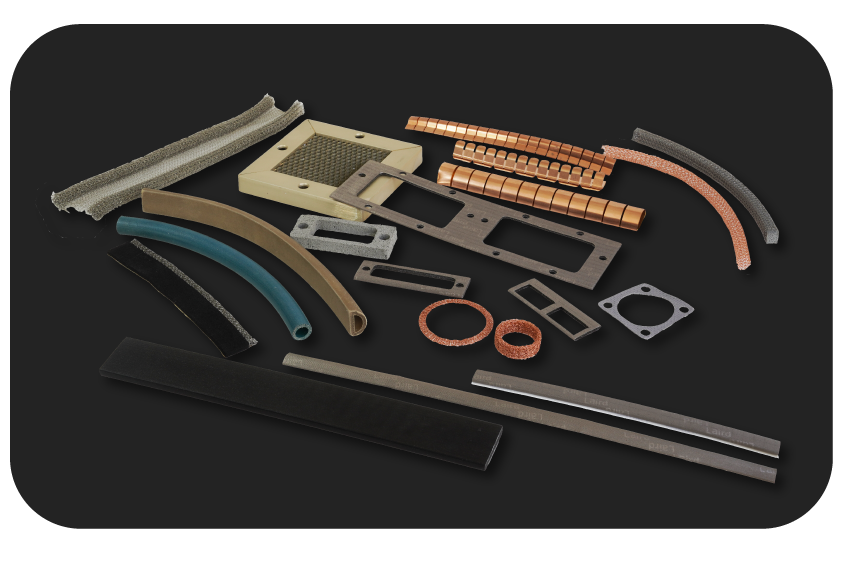With increasing global tensions and the growing use of drones and UAVs (Unmanned Aerial Vehicles) in military contexts, these devices have become essential tools in modern warfare. They are frequently used in intelligence, surveillance, and reconnaissance missions, as well as for logistics. Some models are designed for combat and are known as UCAVs (Unmanned Combat Aerial Vehicles).
Vulnerability to Electromagnetic Interference
Despite the advantages drones offer, such as real-time monitoring, adaptable payloads, and reduced operational costs, they are sensitive to electromagnetic interference (EMI). This type of disruption can occur naturally or as part of hostile electronic attacks, potentially compromising the drone's functionality.
The Importance of EMI Shielding
Electromagnetic interference can cause malfunctions, loss of control, or even crashes. To mitigate these risks, effective EMI protection solutions are needed to ensure the drone's electronics operate reliably even in environments with high levels of interference.
Reliability Requirements
Military drones must withstand extreme conditions, including humidity, salt, and fluctuating temperatures. Therefore, the demands on electronic durability are much higher than those for consumer products. Drones operating in combat zones must perform flawlessly over extended periods without maintenance.
Comprehensive Protection Solutions
Effective EMI shielding involves protecting a wide range of electronic systems, from advanced communication solutions to GPS, radar, and LiDAR technology. The protection covers both internal components and external factors that could affect the drone's performance.
Sources of Electromagnetic Interference
Drones generate and process large amounts of data, making them particularly vulnerable to disruptions such as RF jamming (radio frequency interference), eavesdropping, and cyberattacks. EMI can also arise internally, for example from component failures, or externally through exposure to strong electromagnetic fields.
Materials and Technologies for EMI Protection
Impact of Materials
Lightweight materials used in drones to reduce weight and improve efficiency often lack conductive properties, making them more susceptible to electromagnetic interference. Therefore, shielding materials like conductive gaskets and cables with protective coatings are employed.
Protective Shields and Seals
To prevent unwanted electromagnetic interference, solutions such as conductive gaskets, shielded cables, and flexible seals are used. These components help block disruptions and ensure stable signal transmission.
Environmental Protection and EMI Shielding
Some materials serve dual functions as both EMI shields and environmental seals, protecting electronics from moisture, dust, and other external influences. Elastomer-based solutions are commonly used to combine these functions.
Cables and Connectors
Cables with conductive shielding and specially designed connectors help minimize electromagnetic interference. They are crucial for ensuring stable operation in critical systems.
Small Components for High Precision
In compact spaces, smaller shielding components like conductive polymer films and flexible seals are used. These provide effective EMI protection without compromising device performance.




